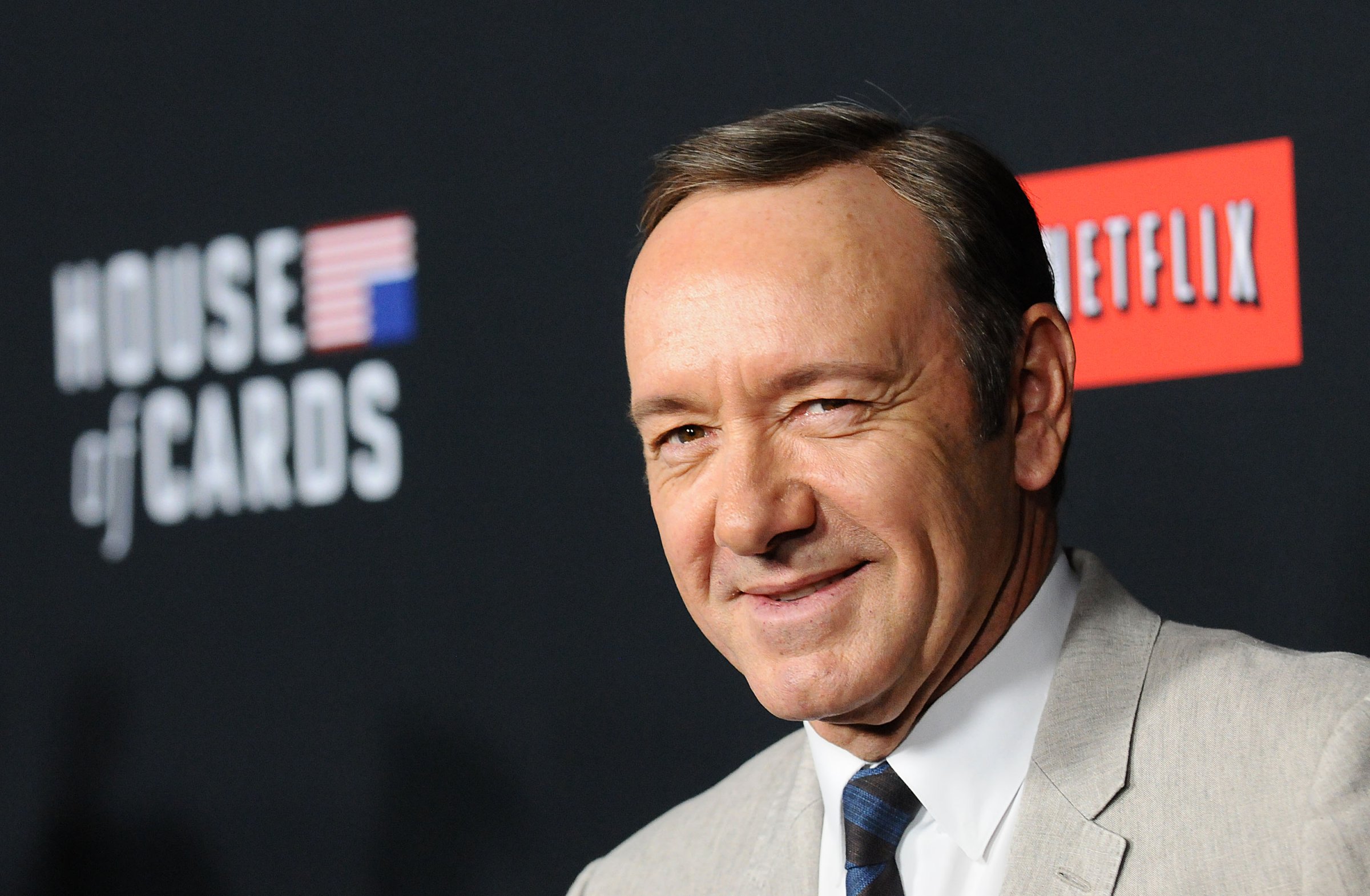
Finally, another slice of good news served to a tech sector starved for it: Netflix is not only adding more global subscribers, it’s doing so faster than most investors expected.
Netflix on Tuesday reported $1.82 billion in revenue in the last three months of 2015, along with earnings of $0.10 a share. The revenue figure was roughly in line with Wall Street’s consensus forecast, but the earnings figure was well above the expected $0.02 a share.
Shares in the streaming media company shot up 7% to $115 a share in after-hours trading on the news. That was enough to give it a year-to-date gain of 0.5%. That’s a slim gain, yes, but enough to put Netflix in an exclusive club of large-cap tech stocks that have shown a positive return in 2016.
Investors haven’t been kind to other technology stalwarts that have posted earnings so far this month. Intel beat analyst estimates last Thursday, but warned that demand for its chips could slow this year, particularly in China. Its stock has fallen 9% since then. IBM on Tuesday also beat earnings estimates, but hinted at upcoming weakness. Its stock then dropped 4% in after-hours trading.
Read more: This is how much Netflix we’re watching every day
Given the grim mood among tech investors, the Netflix news is encouraging for other companies that can manage to eke out growth in a slowing global economy. The earnings season for the fourth quarter of 2015 has only started, however. It’s not clear how many firms will offer such encouraging news. The general expectation right now? Not many of them will.
In the case of Netflix, growth is coming from an expansion into international markets it began years ago. In a letter to shareholders, the company underscored its recent announcement that the service is now available in more than 190 countries. “Netflix everywhere in the world except China,” the letter read. Only several months ago, those last two words would have sounded like more disappointing news.
The overseas expansion means Netflix’s addressable market will grow from 360 million broadband homes at the end of last year to 550 million. Netflix had 75 million streaming subscriptions last quarter, or about 14% of what it considers its total market. The aggressive move abroad is necessary because analysts see the company’s home market approaching saturation.
In the U.S., Netflix added 1.6 million net subscriptions — that is, new accounts minus canceled accounts — down from 1.9 million in the fourth quarter of 2014. Competition in the U.S. is heating up as online streaming rivals like Hulu try to beef up their video offerings, while cable incumbents like HBO are branching into online subscription models.
Netflix expanded into Japan in September and Spain, Portugal and Italy in October. It’s adding support for Korean, Arabic and other languages while rolling out a similar pricing plan to its U.S. model, aiming first at affluent households with broadband connections. The downside is that this expansion is adding to costs. Netflix’s operations burned through $245 million in net cash last quarter, after using $196 million in the quarter before.
Read more: Netflix is about to get more expensive for some users
Hence the encouragement investors took from the evidence of stronger-than-expected international growth, which suggested the heavy spending is taking root for now. Netflix added a net 4 million overseas subscriptions in the past quarter alone. It forecasts another 4.4 million this quarter. By contrast, investors were expecting net international additions to total 3.3 million last quarter.
With its aggressive international expansion, Netflix is again blazing a trail where no video company has ventured before. The company that turned, first, DVD-by-mail and then streaming video into a large-scale business is building the most broadly distributed video company, adding dozens of original TV shows and movies to its library this year.
As good as this news seemed to investors this week, Netflix also has more than its share of risks. Adding to its U.S. subscriber base is likely to get more challenging. And more video giants are following HBO from the traditional broadcast and cable model to the online-streaming model Netflix pioneered. CBS, for example, has reached out to cable cord cutters, and now the CW Network, jointly owned by CBS and Time Warner, is mulling a similar move.
Then there is the ever-present risk that is Netflix’s stock valuation. Netflix shares had a great year in 2015, rising 135% while the Nasdaq Composite advanced 5%. Its price-earnings ratio rose from an already high 92 at the end of 2014 to 316 at the end of last year.
Such concerns have long dogged Netflix. Still, the company’s management has a solid track record of anticipating aging markets and moving into new areas of growth. Last quarter, Netflix once again managed to stay a couple of steps ahead of danger. That was enough to cheer investors in need of positive news. Now it’s up to other tech leaders like Apple, Facebook and Google/Alphabet to dish up more cheer.
More Must-Reads from TIME
- Donald Trump Is TIME's 2024 Person of the Year
- Why We Chose Trump as Person of the Year
- Is Intermittent Fasting Good or Bad for You?
- The 100 Must-Read Books of 2024
- The 20 Best Christmas TV Episodes
- Column: If Optimism Feels Ridiculous Now, Try Hope
- The Future of Climate Action Is Trade Policy
- Merle Bombardieri Is Helping People Make the Baby Decision
Contact us at letters@time.com